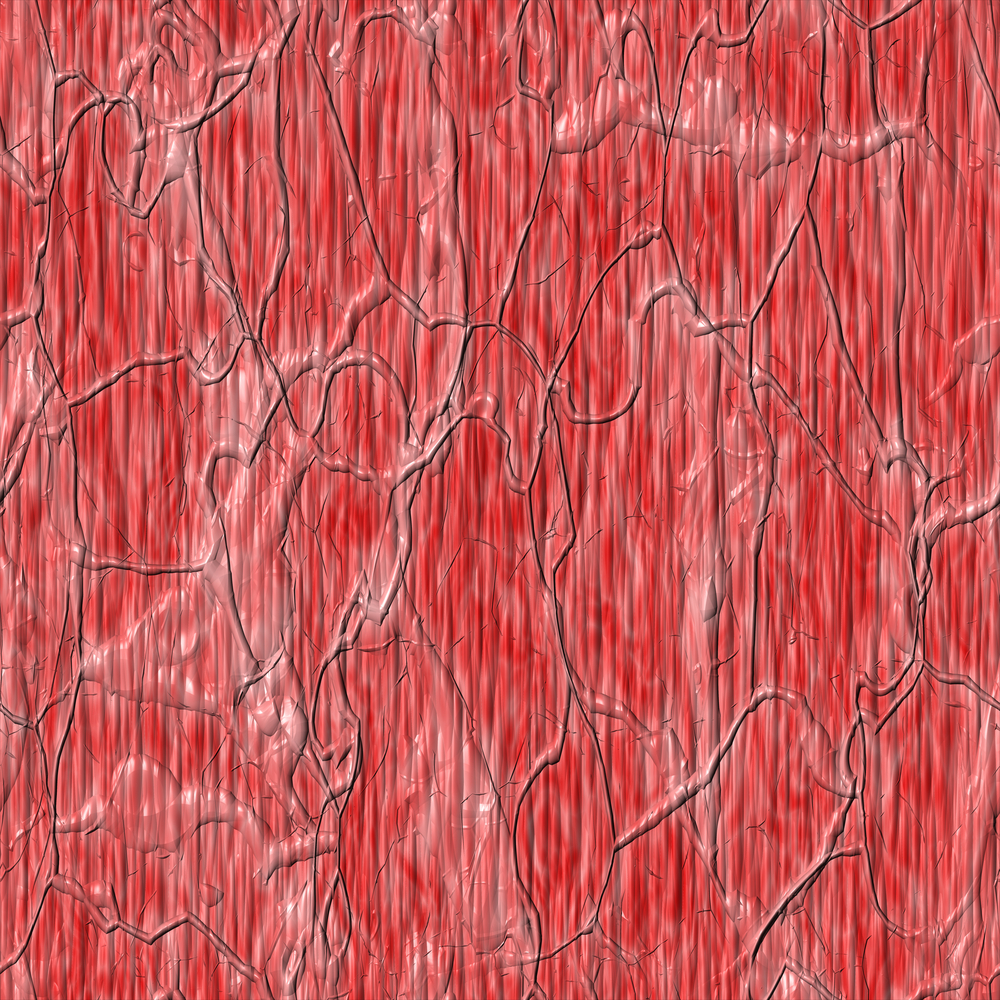Myoclonus Epilepsy Associated with Ragged-Red Fibers (MERRF) Diagnosis Discussed by Researchers

Involuntary muscle twitches, generalized epilepsy, and cerebellar ataxia — these symptoms are typically indicative of a mitochondrial myopathy. Yet with the different types of mitochondrial myopathies, it may be difficult to determine the precise diagnosis for patients affected with these varied symptoms. A group from Universidade Federal do Paraná in Brazil asked the question, “When Should MERRF (Myoclonus Epilepsy Associated with Ragged-Red Fibers) Be the Diagnosis,” and identified some of the clinical and laboratory manifestations associated with MERRF. Their work was published in Arquivos de Neuro-Psiquiatria, the official journal of the Brazilian Academy of Neurology.
After the first patients were diagnosed with MERRF in 1973, researchers have been working to understand the pathology and cause of the disease. Patients exhibit myoclonus epilepsy (involuntary muscle contractions) and show signs of ragged-red fibers in muscle biopsy. Less prevalent symptoms include deafness, exercise intolerance, dementia, and cardiomyopathies.
These symptoms are caused by pathogenic mutations in mitochondrial DNA. It is hypothesized that mutations lead to hyperexcitable neurons and/or loss of neurons in the brain, but neither of these hypotheses fully explain the clinical manifestations of MERRF. Instead, it may be somewhat of a combination of these mechanisms. It has been suggested that mitochondrial DNA mutations lead to an excess of calcium signaling and harmful levels of reactive oxygen species, leading to neuronal death and hyperexcitable neurons, both of which can cause seizures and myoclonus.
[adrotate group=”4″]
When a patient shows symptoms of MERRF, there are a handful of ways to diagnose the disease. Sequencing the mitochondrial genome can identify any of four point mutations associated with MERRF: A8344G, T8356C, G8361A, and G8363A. Most often, A8344G causes MERRF, with 80% of patients having the mutation. The remaining mutations are responsible for 10% of cases, and the last 10% of patients have no identifiable mutations in mitochondrial DNA.
Without any known mitochondrial DNA mutations, patients can still be diagnosed through computed tomography or magnetic resonance imaging. Scans of the brain may reveal altered gray matter early in the disease and altered white matter late in the disease. Lactic acid levels are also elevated in the blood and cerebrospinal fluid of patients at rest, and respiratory chain complexes are often disabled. Most importantly, a muscle biopsy shows ragged-red fibers in over 92% of patients, lending the disease its name.
No matter the means for diagnosing the disease, there remains no specific cure for MERRF. Patients are usually prescribed therapeutic compounds to alleviate symptoms, but these do not prevent the disease from progressing. Commonly, patients are treated with coenzyme Q10, B complex vitamins, and L-carnitine to account for altered metabolic processes resulting from the disease. Patients with concomitant diseases (such as diabetes mellitus, deafness, or cardiac disease) are treated in combination to manage symptoms.






